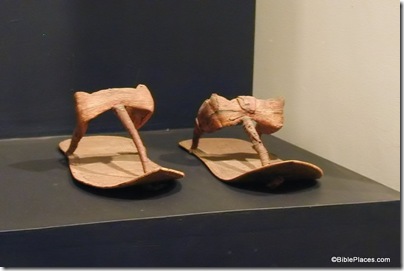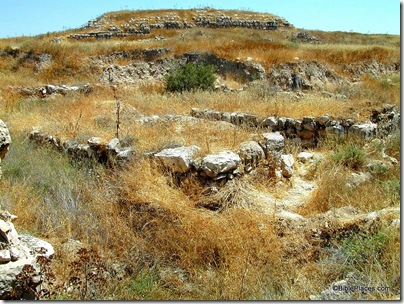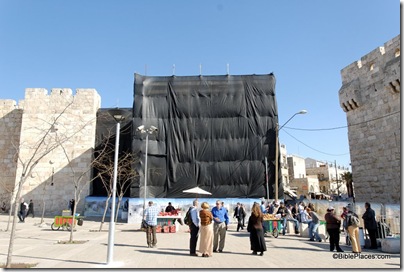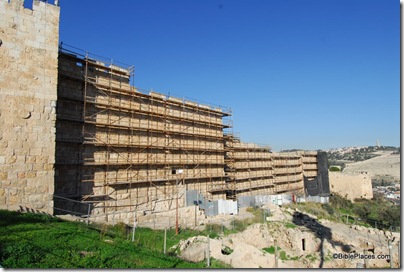Tut’s tomb was more glorious than his life, according to a genetic analysis published today in the Journal of the American Medical Association. He apparently hobbled all of his life and then died from a broken leg, or complications thereof. His mom was his aunt and his dad was his uncle, and he died after a nine-year rule at the age of 19. The AP has a summary of the JAMA article.
Egypt’s famed King Tutankhamun had a cleft palate and a club foot, which probably forced him to walk with canes, and died from complications from a broken leg exacerbated by malaria, according to the most extensive study ever of his more than 3,300-year-old mummy.
The findings are based on two years of DNA testing and CT (computed tomography) scans on 16 mummies, including those of Tutankhamun and his family, said the team that carried out the study. An article on the findings is to be published Wednesday in the Journal of the American Medical Association.
The study establishes the clearest family tree for Tut, indicating for the first time that he was the child of a brother-sister union.
The study says Tut’s father was probably Akhenaten, a pharaoh who tried to revolutionize ancient Egyptian religion and force his people to worship one god. The mummy shown by DNA to be that of Tut’s mother turned out to be a sister of Akhenaten’s, although she has not been identified.
You can read the full AP article (with nice slideshow) here or here or read a brief Q&A with Zahi Hawass here. Or you can see how this study proves that Tut’s family are not aliens. CNN has a 1:20 video report with lots of photos of the king’s treasures.



